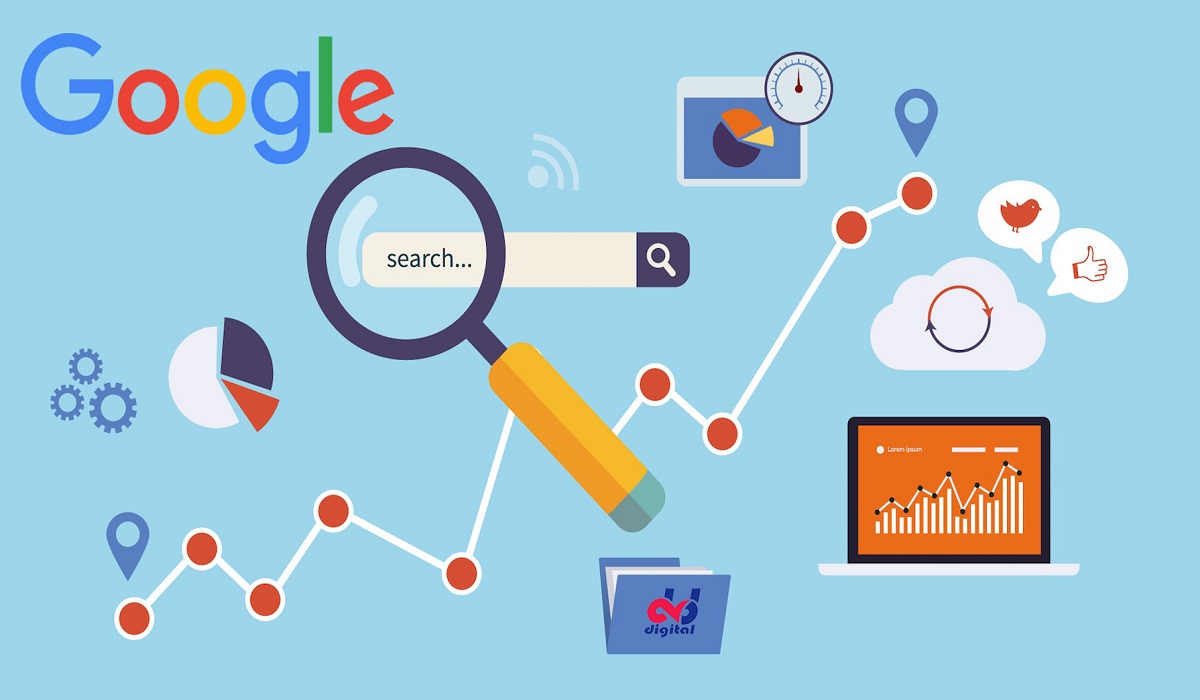
The importance of a marketing information system in marketing decision-making and planning has increased dramatically over the last two decades. Marketing is becoming more data-driven, especially in terms of tracking marketing actions’ ROI. Using intuition to run your marketing, especially social media marketing is old-fashioned. Now you must support marketing actions in achieving the firm’s goals.
Meaning of Marketing Information System (MIS)
Marketing Information System is a system that continuously gathers and analyzes marketing data from internal and external sources. MIS informs decisions about product development, pricing, packaging, distribution, media selection, and promotion.
Process of Marketing Information System
The process of gathering, analysing, and disseminating marketing data involves XX steps.
1: Select metrics for your marketing information system
This is a critical step in developing a marketing information system. It’s critical to include the right metrics because all data has an opportunity cost.
Measure the wrong things and you’ll waste money. Consider your Facebook page’s fans. Having more fans is a slight advantage, but their contribution to ROI is minor. Increasing your fan base likely wastes more money than the ROI you’ll see.
Too many metrics make analysis difficult. Like looking for a needle in a haystack. The needle is hidden among the hay (useless data). Measuring something doesn’t mean you should.
Measuring metrics is costly. Cost-benefit analysis shows that data is worth collecting when the value it adds to decision-making outweighs the costs of gathering and analyzing it.
2: Collect data
Internal data sources include sales records, accounting figures, website analytics, and sales force reports. Other data comes from competitors, economics, listening posts, and Facebook Insights. Your marketing research data, like customer satisfaction surveys, can be part of your marketing information system.
3: Plot data
Raw data is difficult to use to make decisions because it contains invisible patterns that might indicate appropriate actions. For example, a decline in customer satisfaction is difficult to detect without graphing the data, and by then it may be too late to reverse the trend. Managers can plot data to quickly detect changes in key metrics over time. Of course, you can use Excel’s graphing function, but newer data visualization software makes the job even easier. Superior data visualization software includes Tableau Software, IBM Cognos Insight, and SAP Visual Intelligence. Some even create dashboards to consolidate all marketing metrics for easier decision-making.
4: Share results
The more people who have access to your marketing data, the better. But not everyone will grasp raw data tables or visualizations like the dashboard above. Because your marketing information system requires interpretation by marketing experts.
For example, my social media marketing hierarchy of effects. That’s because the model not only suggests what data to collect (such as sentiment), but also how to translate those metrics into a return on investment (ROI). The data interpretation would include references as to WHY metrics are important for achieving firm goals.
5. Make marketing choices
Using metrics from your marketing information system to optimize marketing outcomes is the final step.
For example, social media campaign metrics show how well you drive visitors down the hierarchy of effects. You should write more posts that engage visitors and move them down the hierarchy. It can also tell you when to post, how many times per day, and other useful information.